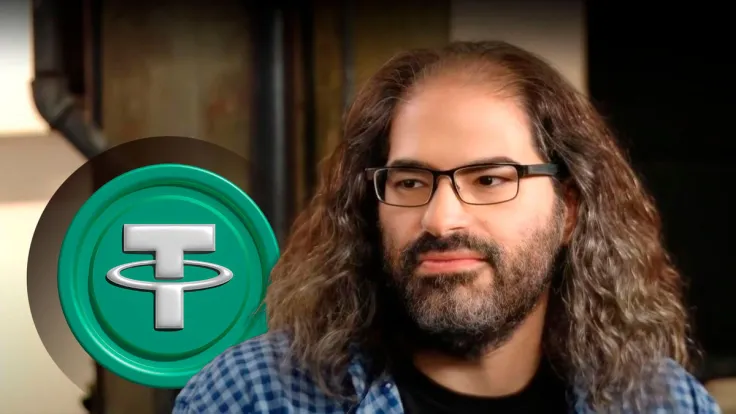
David Schwartz, CTO of Ripple and co-creator of XRP, has weighed in on the growing concerns over Tether's influence on the Bitcoin and other financial markets. These concerns revolve around allegations that Tether, through its USDT stablecoin, is artificially inflating the value of cryptocurrency and propping up the U.S. bond market.
The debate has been sparked by claims that Tether's operations involve a revolving door between Tether, Bitcoin and the U.S. bond market. Critics argue that by creating artificial liquidity, Tether is propping up the largest financial bubble in history. They highlight the intertwined nature of Tether and Bitcoin, suggesting that if bonds fail, BTC could follow suit due to this perplexing system.
Tether's latest data shows that all of its tokens are pegged 1-to-1 to a corresponding fiat currency and are fully backed by Tether's reserves. These reserves consist primarily of cash equivalents, U.S. Treasury bills, precious metals, Bitcoin and other investments.
However, the composition of these reserves has raised eyebrows, particularly reliance on "T-Bills," which make up nearly 80% of cash equivalents.
In response to these concerns, Schwartz emphasized the basic principles of how financial systems work. He explained that the creation of new assets, whether Bitcoin, USDT or traditional bank deposits, inherently adds value to the existing pool of assets without destroying existing value.
Schwartz's perspective aims to demystify the process, emphasizing that newly created assets contribute to the total value in the system, not detracting from preexisting assets.


 Dan Burgin
Dan Burgin Vladislav Sopov
Vladislav Sopov U.Today Editorial Team
U.Today Editorial Team